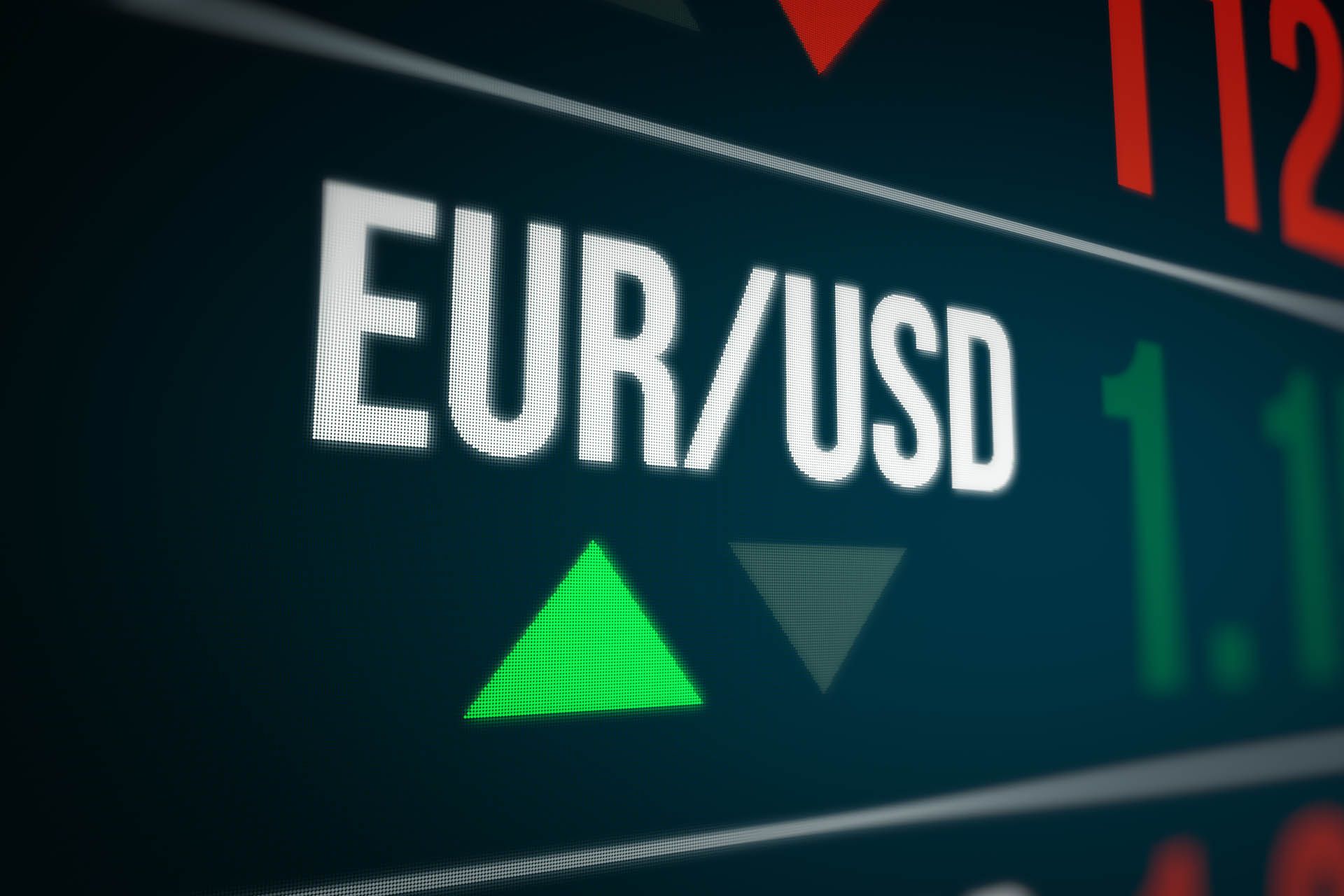EUR/USD Rate Forecast Update: "USD Sell-off to Prove Temporary" says Danske Bank
- Written by: Gary Howes
-

Image © Adobe Images
Danske Bank is steadfast in its forecast that the Euro will move lower against the Dollar, taking it comfortably below parity during the course of the coming months.
Analysts at the Scandinavian bank acknowledge this is a view that is not shared by the consensus, particularly in the wake of the Euro's recent rally against the Dollar.
The Euro to Dollar exchange rate (EUR/USD) has risen 4.0% over the course of the past two weeks amidst signs of slowing U.S. inflation and a conviction amongst market analysts that the Federal Reserve will slow down its hiking cycle, which allows investors more confidence in pricing the peak in interest rates.
But Danske Bank says the outlook remains consistent with declines in EUR/USD.
"Despite recent USD-headwinds, we continue to forecast EUR/USD at 0.93 in 12M on the back of a substantial negative terms-of-trade shock to Europe vs US, tightening of global financial conditions and downside risk to euro area growth," says Kirstine Kundby-Nielsen, an analyst at Danske Bank.
Danske Bank identifies five scenarios that would "strategically signal or entrench dollar weakness, but we are not seeing them".
These include:
1) broad (financial) deregulation,
2) a dollar-based credit boom,
3) strong performance in Latin American assets,
4) a dollar negative terms of trade shock (e.g. commodity prices decline on their own) and
5) a strong rise in European earning expectations versus US.
"A change in these factors will be key to changing our view on long-term dollar outlook but the lack thereof confirms our view that any dollar weakness is transitory. US is now an energy exporter and EU an importer: the current energy crisis thus strongly favours USD over EUR, as also seen in the exchange rate," says Kundby-Nielsen.
Danske Bank forecasts Euro-Dollar at 0.98 in three months, 0.95 in six months and 0.93 in twelve months.
Risks to the view include U.S. interest rates peaking in 2023 as inflationary pressures start to recede.
Federal Reserve governor Christopher Waller - who has tended to err to the 'hawkish' side of the spectrum - said in a speech midweek that he was "more comfortable" with the idea of slowing down the pace of Fed rate hikes.
He said a 25 basis point move in December now looked appropriate.
The slowdown suggests 2023 will see the Fed end its hiking cycle, something markets are anticipating by selling the Dollar.
But an immediate stop to rate hikes in early 2023 is still unlikely given incoming data does not yet signal an economy that is slowing fast enough to convince the Fed its job is done.
Data out Wednesday revealed U.S. consumers were still in rude health, with retail sales rising 1.3% in October, an acceleration from the 0% recorded in September, and ahead of the 1.0% increase the market was expecting.
The Fed could therefore slow down its hiking cycle but extend the length of that cycle, delivering a string of 25bp rate hikes over the coming months that could yet offer the Dollar support.
(If you are looking to protect or boost your international payment budget you could consider securing today's rate for use in the future, or set an order for your ideal rate when it is achieved, more information can be found here.)











